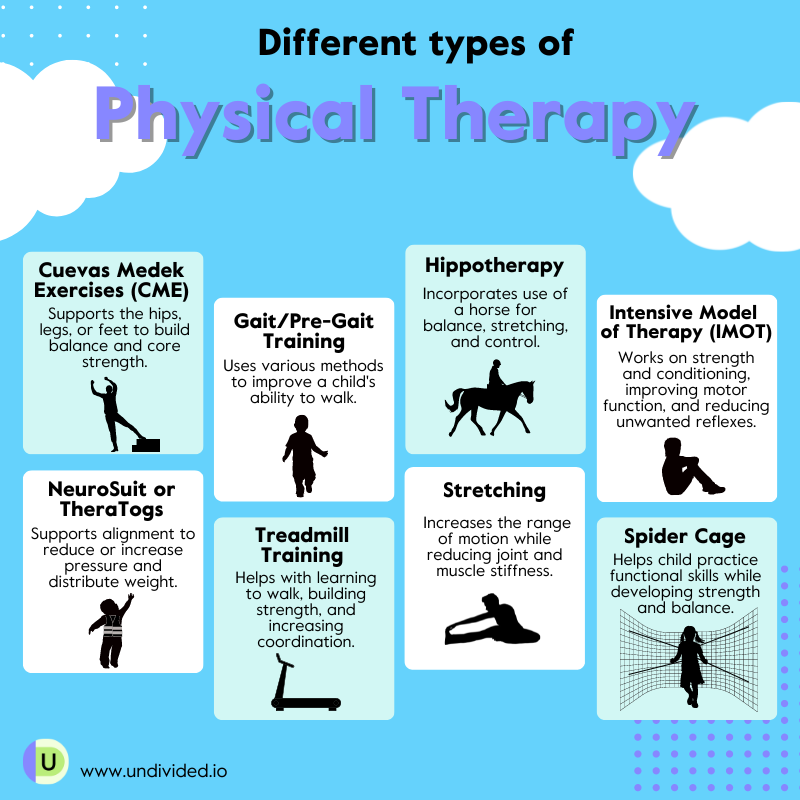Empowering Rehabilitation and Performance Via Effective Trauma Mitigation Strategies in Physiological Therapy and Individual Coaching
Empowering Rehabilitation and Performance Via Effective Trauma Mitigation Strategies in Physiological Therapy and Individual Coaching
Blog Article
In the realm of physical rehabilitation and individual coaching, harm avoidance is a crucial aspect that can significantly enhance rehabilitation and performance. Effective injury avoidance tactics help individuals avoid setbacks that can arise due to physical activity. These strategies are designed to fortify the physique, enhance mobility, and promote proper motion mechanics. By focusing on these areas, both physiological rehabilitators and individual coaches can enable their clients to attain their wellness objectives while minimizing the risk of injury.
One of the essential elements of injury avoidance is comprehending the importance of proper preparation and recovery protocols. A warm-up prepares the physique for activity by increasing blood supply to the tissues and enhancing flexibility. This can include dynamic stretches and light cardiovascular exercises that gradually raise the cardiac rhythm. On the other side, a recovery assists the physique transition back to a resting condition, reducing muscle discomfort and rigidity. Incorporating these routines into a fitness program is essential for maintaining overall physical well-being and preventing injuries.
Another crucial tactic is the use of resistance exercise to develop muscle and support joints. Robust muscular can help stabilize joints, which reduces the chance of harm during exercise activities. Individual trainers often design strength training regimens that focus on particular muscle groups, ensuring a well-rounded approach to wellness. Additionally, physiological rehabilitators may employ resistance exercises to help participants recover from injuries while also preventing subsequent problems. By focusing on strength, individuals can enhance their performance in sports and daily activities.
Mobility exercise is also a crucial component of harm avoidance. Flexibility exercises improve the range of motion in joints and assist preserve muscular flexibility. This is especially crucial for sports participants who participate in intense athletics, as tense muscular can lead to strains and sprains. Both physical therapists and personal trainers can incorporate flexibility exercises into their programs, such as static and dynamic stretching, pilates, or Pilates. By Click This Link promoting flexibility, individuals can enhance their overall motion quality and reduce the risk of harm.
Ultimately, informing participants about physical movement and correct methods is crucial for injury prevention. Understanding how to move correctly during exercises can greatly minimize the chance of harm. Individual coaches and physiological rehabilitators can instruct participants about alignment, posture, and the significance of paying attention to their physiques. This understanding enables clients to make informed decisions about their physical activities and recognize when they may be at risk of harm. By cultivating a solid foundation of injury prevention strategies, both fields can assist participants recover effectively and perform at their best.